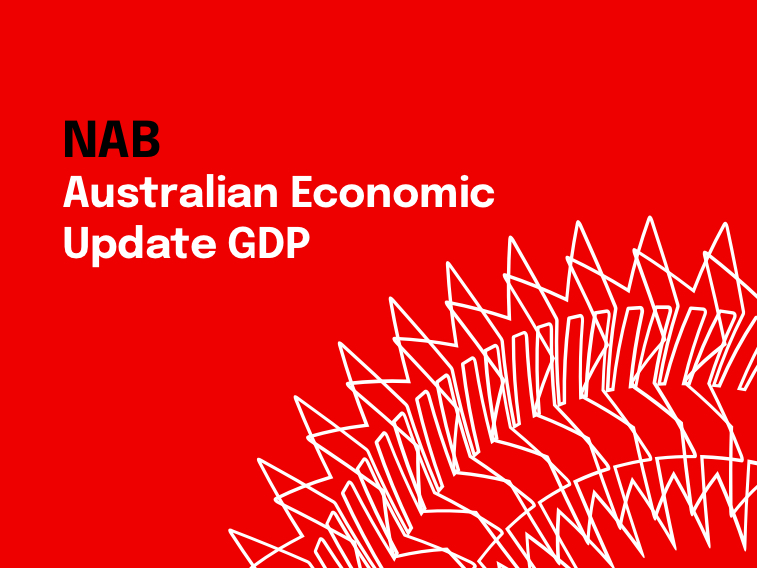Consumers lead the way


Insight
Confidence rises amid a softening in conditions

Business conditions declined in January reversing last month’s gains. Trading conditions and profitability eased, while employment rose marginally. In contrast, business confidence rose to +4 index points with broad-based increases across industries. These moves saw confidence and conditions converge in the month, after an extended period of divergence over the past two years. Alongside the softening in business conditions, capacity utilisation fell to 82.0%, resuming its gradual down trend. That said, capacity utilisation remains above average as does labour costs growth and output price inflation. Overall, despite an uptick in confidence, the survey showed a weakening across most activity metrics including capex in the month. This suggests that while the level of demand has remained resilient, growth in the economy likely remains soft and while recent consumption data for late Q4 shows some rebound in household spending, this will likely need to be maintained before conditions recover more broadly.
Business conditions eased in January, down 3pts to +3 index points. Conditions were mixed across industries, with a large decline in mining and smaller declines in retail, finance, business & property, and recreation & personal. Conditions rose in transport &utilities, wholesale, manufacturing and construction.
“Conditions weakened in the first read of the year,” said NAB Chief Economist Alan Oster. “This was driven by weaker trading and profitability conditions, while employment conditions marginally improved. Of note, retail conditions pulled back after strong gains in December,” said Mr Oster.
By state, conditions eased in all states except WA (up 6pts) and SA (which was unchanged). Conditions in trend terms are now lowest in Vic and still strongest in Qld. Confidence is weakest in Vic and SA while WA and Qld are most optimistic.
Business confidence improved 6pts to +4 index points, to be just below the long-run average of +6 index points. In trend terms, confidence remains weakest in consumer facing industries and stronger in transport & utilities and mining.
“Confidence rose solidly when most other measures were weak and is now almost back at its long-run average,” said Mr Oster. “It is unclear whether this pick-up in confidence will be sustained, though the gap between conditions and confidence has been closing for some time.”
Forward orders fell by 1pt to -3 index points, while capex fell by a larger 7pts to +4 index points. Importantly, capacity utilisation fell to 82.0%, now only marginally above its long-run average of 81.3%.
“Capacity utilisation fell to its lowest reading in three years and is now close to its long-run average,” said Mr Oster. “In a trend sense, capacity utilisation continues to ease suggesting the economy is continuing to come into better balance.”
Purchase cost growth eased to 1.1% in quarterly equivalent terms, down from 1.4%. Labour cost growth picked up slightly to 1.8% in quarterly equivalent terms, though part of this uptick may reflect the increase in aggregate employment.
Final product price growth was steady at 0.8% in quarterly equivalent terms, while retail price inflation ticked up to 0.9% in quarterly equivalent terms.
“Cost pressures remain elevated for businesses and are not being fully passed onto consumers, which may be weighing on profitability and therefore overall business conditions.” said Mr Oster.
For more information, please see the NAB Monthly Business Survey (January 2025)
© National Australia Bank Limited. ABN 12 004 044 937 AFSL and Australian Credit Licence 230686.